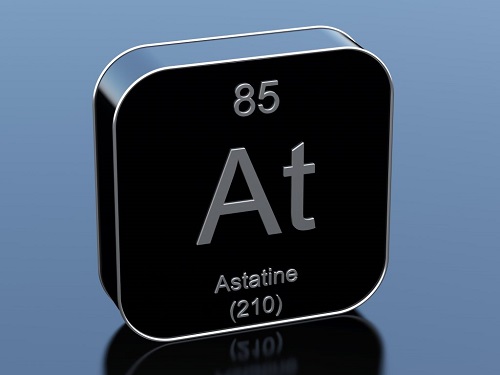Is Astatine a Non-metal or a Metalloid?
Astatine is commonly classified as a metalloid. A metalloid is an element that exhibits properties of both metals and nonmetals. Astatine shares similarities with both halogens (nonmetals) and metals, but its properties are closer to those of nonmetals. Despite its classification as a metalloid, astatine's exact nature is still a subject of study and debate due to its rarity and highly radioactive properties.

Astatine, derived from coal tar, shares chemical similarities with iodine due to its position in the periodic table. Despite its radioactive nature, astatine exhibits compound formations, including hydrogen astatide, creating a distinct acid when dissolved in water. These compounds often contain a mix of elements such as silver, sodium, and oxygen, categorizing astatine as a metalloid rather than a straightforward metal.
Health Effects and Safety
Due to its limited presence on Earth, astatine is primarily synthesized in laboratories, posing challenges regarding its safe handling. While its radioactive isotopes hold promise for medical applications like radiotherapy, precautions must be taken to mitigate potential health risks associated with its toxicity and reactivity.
Appearance and Reactivity
Astatine's appearance mirrors its radioactive nature, often described as highly reactive and unstable when combined with other chemicals. While its exact classification remains ambiguous, its composition suggests a metalloid nature rather than a purely metallic one.
Applications
Despite its challenges, astatine boasts diverse applications, particularly in the medical field. Its short-lived isotopes find utility in imaging and therapeutic procedures, offering potential breakthroughs in cancer treatment through radiotherapy and chemotherapy.


